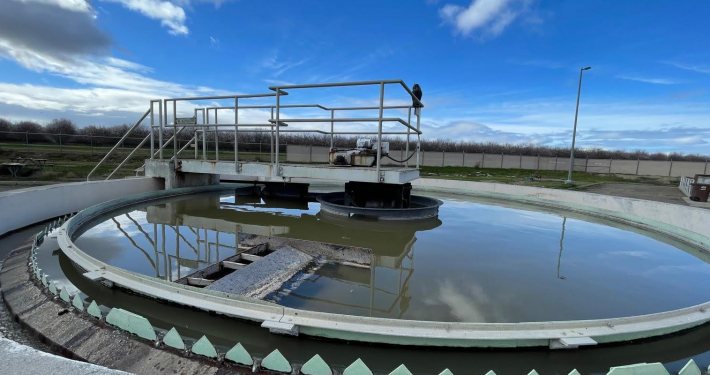By Mara Elana Burstein
The fast-moving wildfires that swept through Los Angeles County in January 2025 destroyed homes, displaced thousands, and claimed dozens of lives. A new report from the UCLA Luskin Center for Innovation provides the first high-level assessment of how those fires also damaged the county’s drinking water and wastewater systems and the populations they serve, often in invisible but significant ways.
The analysis, co-authored with researchers from the University of Massachusetts Amherst and Stantec, focuses on the Palisades and Eaton fires, the 11 community water systems, two major wastewater systems, as well as thousands of private well and septic systems they affected. These systems varied dramatically in size, resilience, and demographics, but all face steep recovery challenges.
“These fires tested the physical and financial limits of our water infrastructure,” said Gregory Pierce, co-director of the Luskin Center for Innovation. “We need to think not just about fixing pipes, but about re-designing systems and supporting populations that are more integrated, more equitable, and resilient to the next crisis.”
Key Findings
- Impacted water systems ranged in size from the L.A. Department of Water and Power, which serves nearly four million people, to Las Flores Water Company, which serves fewer than 5,000. Burn area overlaps ranged from less than 1% to 88%, with smaller systems hit hardest.
- Several systems temporarily issued drinking water use notices due to post-fire contamination.
- On-site septic systems disproportionately served fire-affected areas.
- Pre-fire performance of affected systems was generally strong, but smaller systems now face major infrastructure loss and revenue disruption.
- Fire-affected areas had much higher homeownership and income levels than the L.A. County average, but pockets of vulnerability remain, especially among systems serving Black and Latino communities.
- Mutual water systems like Las Flores and Lincoln Avenue have limited access to public recovery funds and are exploring legal and governance pathways to secure support.
- Estimates of damage vary widely, from minor to near-total infrastructure loss. For example, Las Flores Water Company lost 75% of its revenue base.
Many of the report’s estimates are still being refined, and full recovery will take years. Meanwhile, critical conversations are emerging about long-term resilience planning, system consolidation, and equity in infrastructure funding.
Related research includes:






